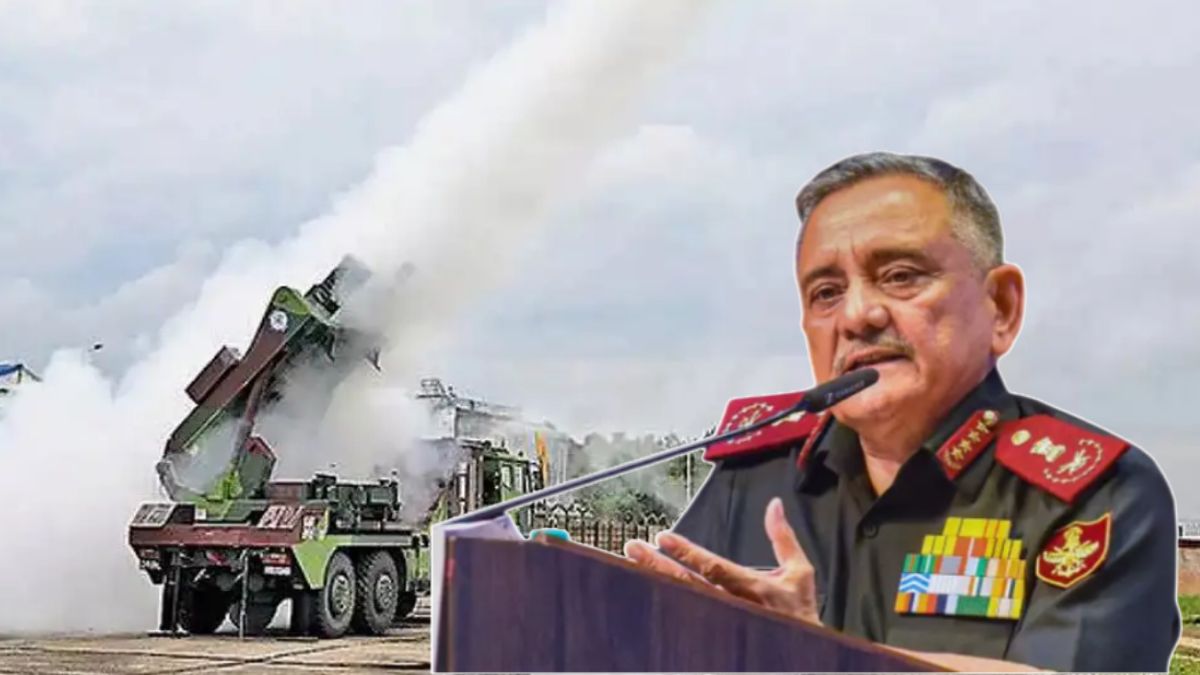India’s Chief of Defence Staff (CDS) has offered the clearest picture yet of the country’s plan to build its own “Iron Dome” style of multi-modal defence shield, days after Prime Minister Narendra Modi unveiled the ambitious Sudarshan Chakra mission in his Independence Day address at the Red Fort.
Speaking at Ran Samvad 2025, a new tri-service dialogue held at the Army War College in Mhow, General Anil Chauhan CDS, said that the project would combine missile systems, lasers, and advanced surveillance networks with integrated artificial intelligence (AI) and quantum technologies to form a multi-layered network capable of detecting and neutralising aerial threats simultaneously, describing it as both “a shield and a sword”, working in unison to deter and protect the nation at the same time.
What is the Sudarshan Chakra mission aiming to achieve?
The mission seeks to build a national security umbrella to defend India’s strategic and civilian sites against missiles, aircraft, drones and any other means of aerial warfare. General Chauhan explained that its structure would rest on “robust infrastructure and processes” that integrate both soft kills – electronic and cyber tools to disable threats – and hard kills such as missiles and directed-energy weapons.
He pointed to the Defence Research and Development Organisation’s (DRDO) recent trial of the Integrated Air Defence Weapon System, which fused Quick Reaction Surface-to-Air Missiles (SAM), Very Short-Range Air Defence missiles, and a high-power laser into a single, unified framework. According to him, these tests show that India has an established toehold and is moving ahead towards a layered model of protection.
How will it be built and integrated?
The CDS warned that building such a shield over a country as vast as India would require “a colossal amount of integration.” He emphasised that surveillance from multiple domains, ground, air, sea, undersea, and space, would need to be knitted together to generate a fused, real-time picture.
This in turn shall create a demand for enormous computing power. “Colossal amounts of data will need to be analysed for information in real-time response,” he said, noting that AI, data analytics, large language models (LLMs), and even quantum technologies would be central to its design. He also framed the mission as a “whole-of-nation approach,” with state institutions, research agencies, and private industry partners, all expected to contribute.
What lessons are shaping India’s future doctrine?
Drawing lessons from Operation Sindoor, the cross-border operation against Pakistan launched earlier this year, General Chauhan said that India has learnt that her future wars will be “short-duration conflicts” aimed at achieving quick political objectives. He argued that the boundaries between war and peace are blurring at a pace faster than ever before, with modern competition playing out continuously across domains.
The CDS also outlined four trends – a rising willingness among states to use force rather than discourse, the collapse of clear distinctions between war and peace, the centrality of people rather than territory, and new measures of victory. In today’s battles, he argued, victory would not be counted in prisoners or captured ground but in speed, precision, and the control of narratives.
In addition, he invoked ancient Indian traditions, reminding his audience that in the past, the “shastra” i.e. weapon and “shaastra” i.e. wisdom were always paired together. Just as Arjuna needed Krishna, he said, warriors today need guidance in both ideas and practice. “Peace without power is utopian,” he concluded, stressing that India must be both “surakshit” (secure) and “aatmanirbhar” (self-reliant) in its defence vision.
